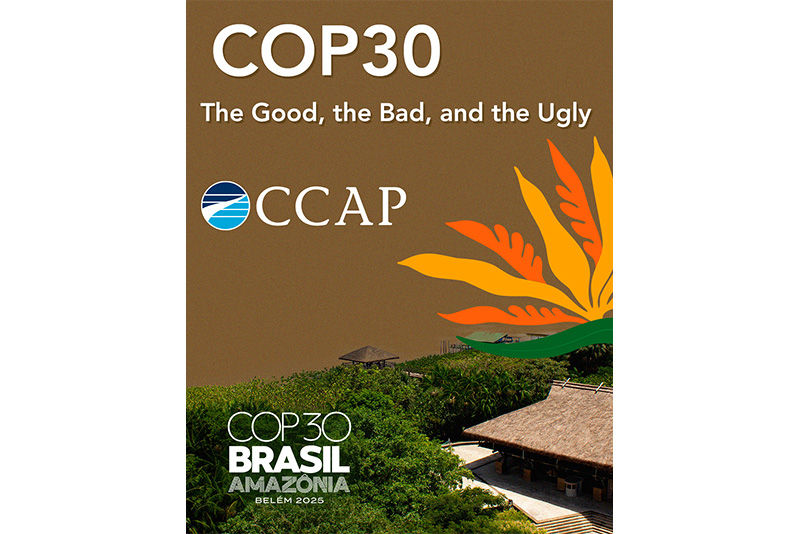Facilitating Participation for Distributed Energy (and Avoiding the Pitfalls)
- Stacey Davis
- Apr 15, 2018
- 3 min read
Last week FERC held a two-day technical conference on the participation of aggregated distributed energy resources (DER) in the wholesale energy markets. A priority policy issue for the year, Commissioners expressed various objectives for the conference, ranging from eliminating barriers to DER participation in wholesale markets (Commissioner Rich Glick) to ensuring that DER aggregations do not undermine existing markets (Commissioner Kevin McIntyre).
In wholesale energy markets, DERs can help defer new centralized generation and avoid utilization of higher cost (and often higher emitting) resources. Making efficient use of the full capabilities of system resources, both centralized and distributed, promises to meet energy, capacity and ancillary service requirements at the lowest cost, benefitting electricity consumers alongside the DER hosts. DERs can similarly defer expenditures and promote reliability in retail markets. As noted by Commissioner Cheryl LaFleur, FERC should figure out how to integrate DER resources to avoid leaving value on the table. And as made clear by representatives from California and New York, a key part of wholesale market access is ensuring that DERs can grow to be large enough to be of sufficient scale to be utilized by the ISO’s and included in optimizations. This can only happen through aggregation.
While the intent of the technical conference was to identify ways to facilitate aggregated DER participation in wholesale markets, the absence of adequate DER companies presented a skewed perspective on DER value and a lost opportunity for the Commission. As highlighted late in the conference by Audrey Lee, Vice President of Energy Services at Sunrun, distributed resources such as battery storage can sit idle much of the time if they are not needed to backup solar panels at the host site. Access to wholesale markets would allow these resources to meet a range of system needs (e.g., energy, capacity, ancillary services) according to their individual capabilities.
Notably, few DER companies were represented on the seven panels examining the impact of DER on the electric grid and possible models for participation. Instead, a dozen slots were allocated for representatives from ISOs and RTOs, another dozen or so were set aside for state regulators, and seventeen slots were held by utilities, utility-focused organizations, and/or municipal and cooperative power organizations—many of which have innate incentives to limit DER to the extent it undermines their revenues or competes with their desire to make their own investments. Missing from much of the conversation were the DER companies—the technology providers, aggregators, and software developers—that stand to benefit from open access to power markets. Also there was little participation by energy consumers (either large or small) who would perhaps stand to gain the most from creating more energy market participation by energy resources located on the customer’s side of the meter.
Not surprisingly, given the makeup of the panels, significant time was spent on cautionary tales and potential problems with integrating DER, which in the past have be used as a pretext for keeping DERs off-line or limiting their role in markets. Some participants questioned the need for aggregation, or raised concerns that resources expended to develop markets would not lead to greater participation in wholesale markets. Others got bogged down in functionality issues that can be addressed through safety and reliability protocols, monitoring distribution factors, scheduling operating reserves, or other means. Participants raised important points about the need for data and enhanced visibility to support grid operations. However, without adequate DER representation on the panel, there was little response to questions from the FERC staff on the barriers and costs to supplying the data.
The limited DER participation on the FERC panels represents a lost opportunity for FERC to understand the important rationale for DER aggregation and the potential solutions that could yield a truly open market for distributed resources. John Goodin of the California ISO, which is already creating markets for aggregation but where there has yet to be active participation, stressed the need for 1) DER access to capacity markets; 2) overcoming the barriers and costs of interconnection; and 3) clarity about the multiple value streams. Other key next steps will be to define standardized and streamlined protocols and presumptive guidelines that achieve open access to wholesale markets for distributed resources while ensuring adequate safeguards, as well as information and communications required for safe and reliable markets. In light of existing biases and regulatory obligations, this should include fresh consideration of possible roles for each of the key players in how DER is managed in the evolving power delivery system.
This technical conference focused more on identifying the many challenges and less on identifying the solutions to those challenges. The next step for the DER community must be to help FERC piece together practical solutions – hopefully with better participation by DER companies and consumers — that will avoid the various pitfalls and enable the power system to reap the many benefits of DER participation.




شيخ روحاني
رقم شيخ روحاني
الشيخ الروحاني
الشيخ الروحاني
شيخ روحاني سعودي
رقم شيخ روحاني
شيخ روحاني مضمون
Berlinintim
Berlin Intim
جلب الحبيب
https://www.eljnoub.com/
https://hurenberlin.com/